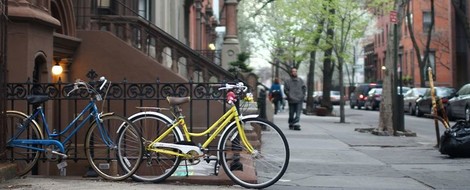Your podcast discovery platform
Curious minds select the most fascinating podcasts from around the world. Discover hand-piqd audio recommendations on your favorite topics.

piqer for: Global finds Technology and society Globalization and politics
Elvia Wilk is a writer and editor living in New York and Berlin, covering art, architecture, urbanism, and technology. She contributes to publications like Frieze, Artforum, e-flux, die Zeit, the Architectural Review, and Metropolis. She's currently a contributing editor at e-flux Journal and Rhizome.
How Gentrification Is Intrinsically Racist In NYC
When this article was written two years ago, it was already official: New York City’s gentrification unfolds along racist lines.
In an interview with the author of this piece, one New York City landlord details the exact processes by which the whitification of neighborhoods happens.
It’s simple. Landlords pay off tenants of color to leave buildings, and then flip their former apartments to more “desirable” occupants. Says the tell-all landlord: “My saying is — again, I’m not racist — every black person has a price.” Meaning: a price at which they can be convinced to leave their home and make way for the next person.
(For the last time: if you have to preface what you’re saying by with “I’m not racist,” the odds say, you probably are.)
Because there’s no anonymity to the process, acquiring a lease in the city is rigged from the start.
Plus discrimination, this ongoing (and escalation) change in urban neighborhoods is also attributable to plain old greed. Many landlords are afraid that property values will go down when too many non-white families live in one building, and think the positive reputation of the property and a neighborhood will rise along with its whiteness.
